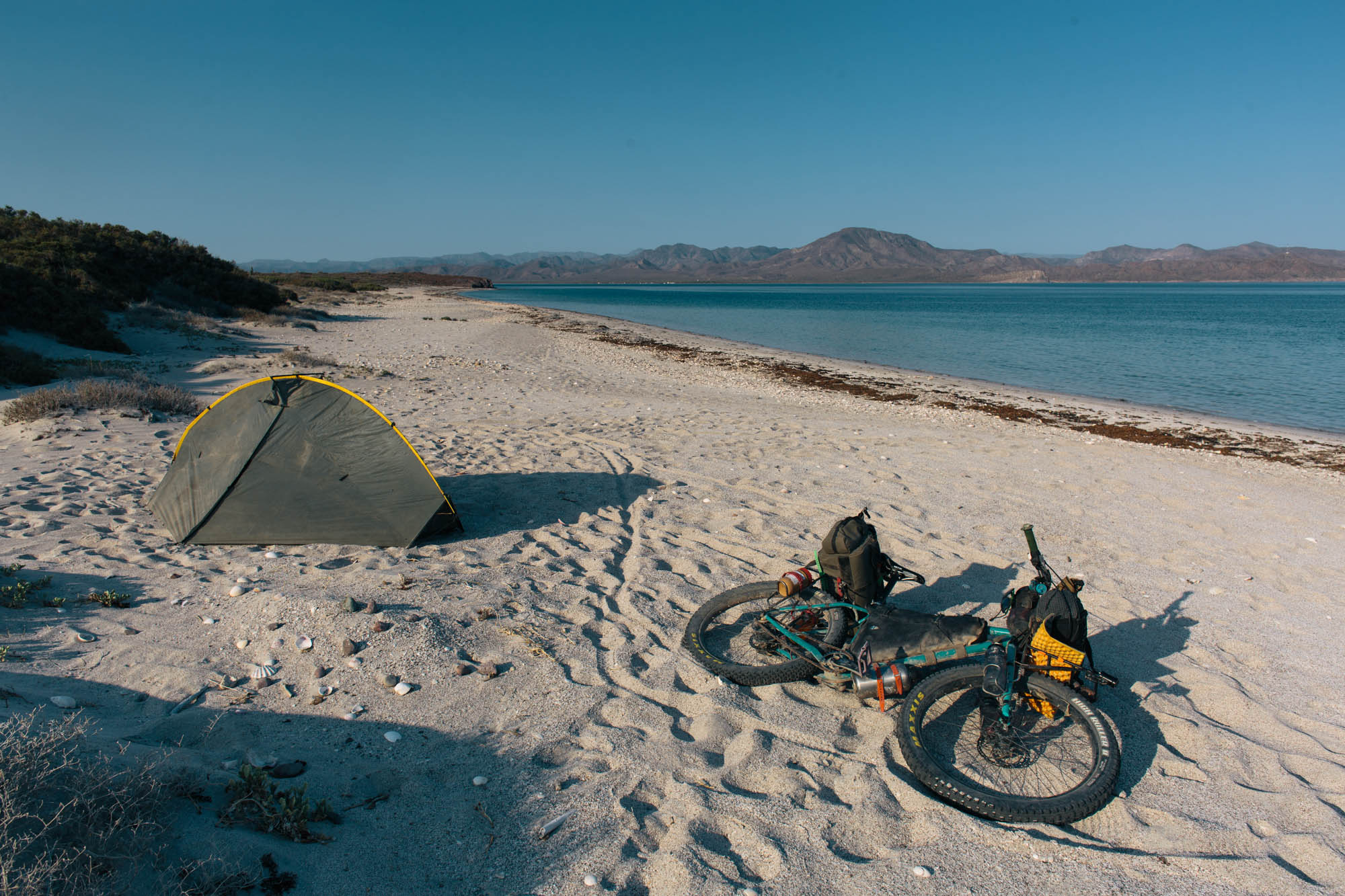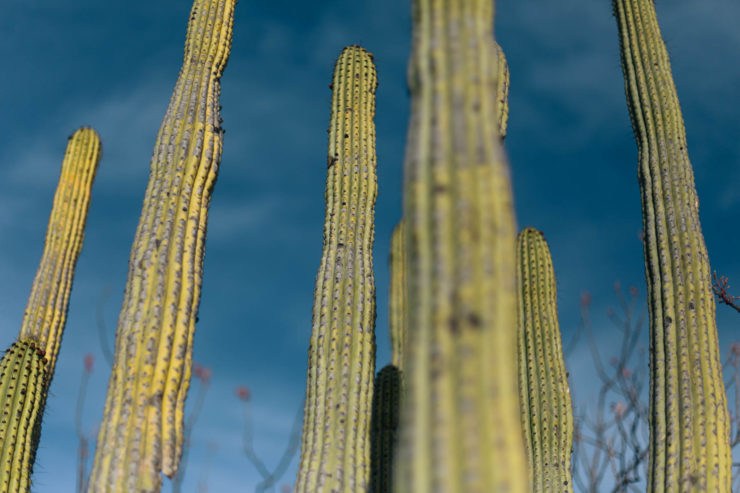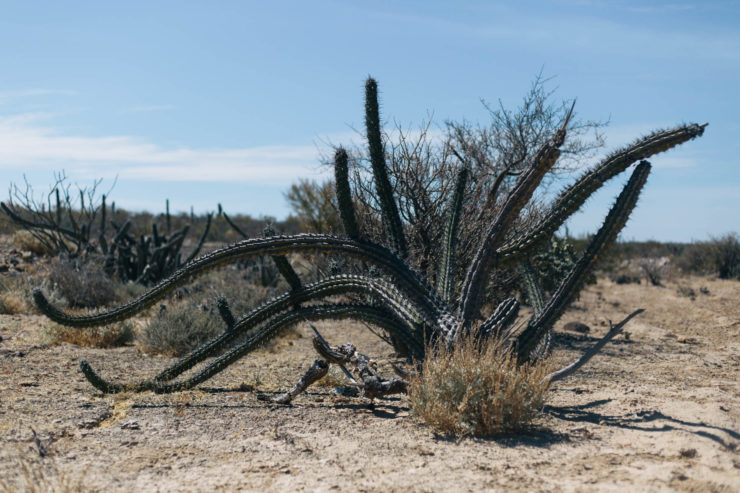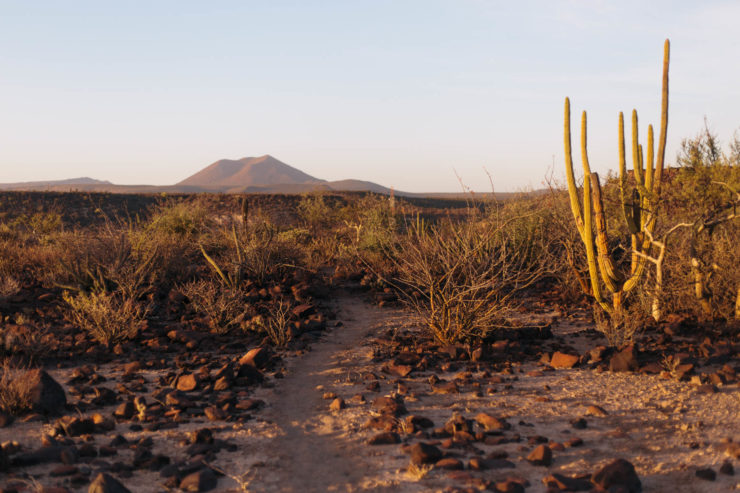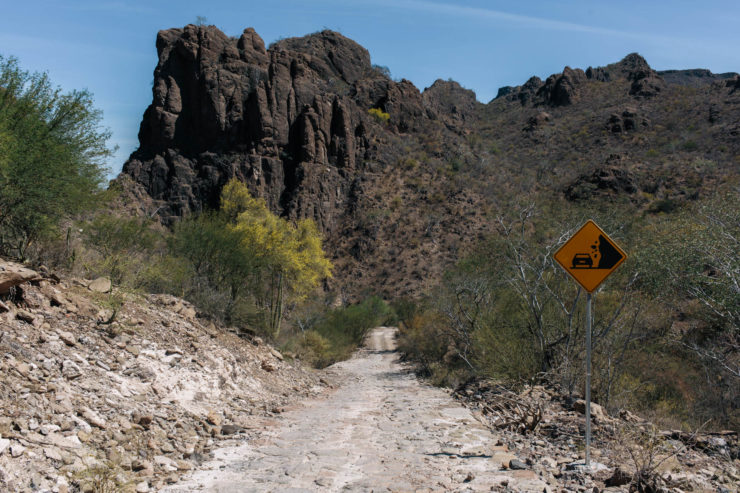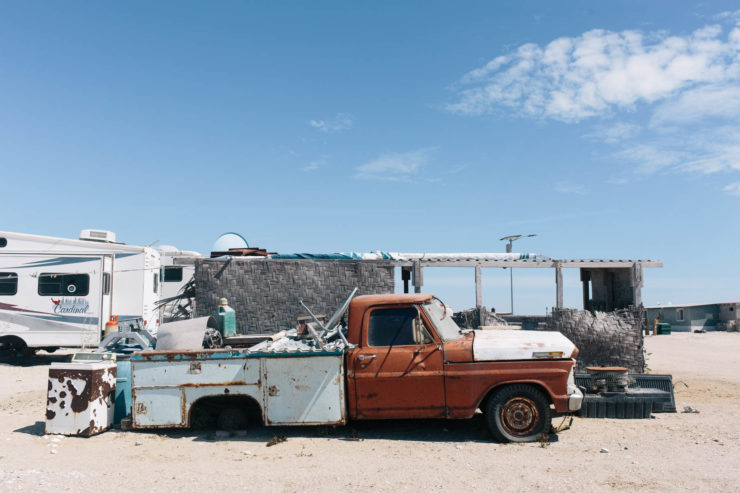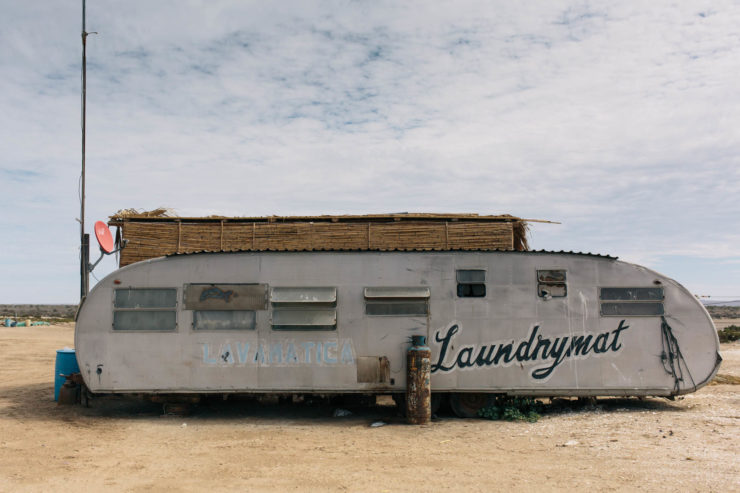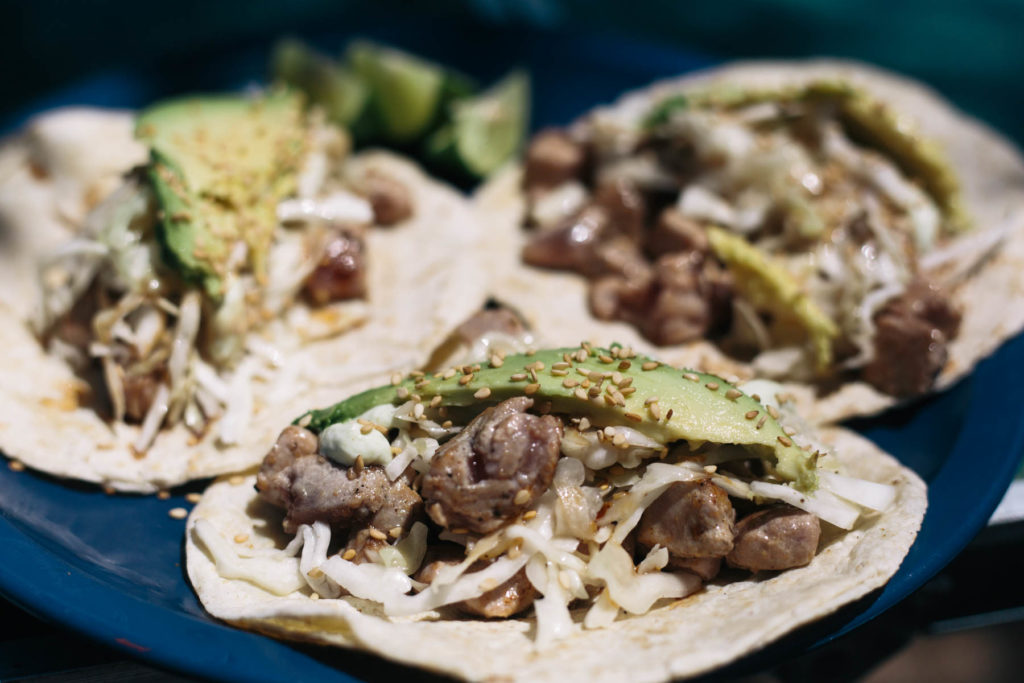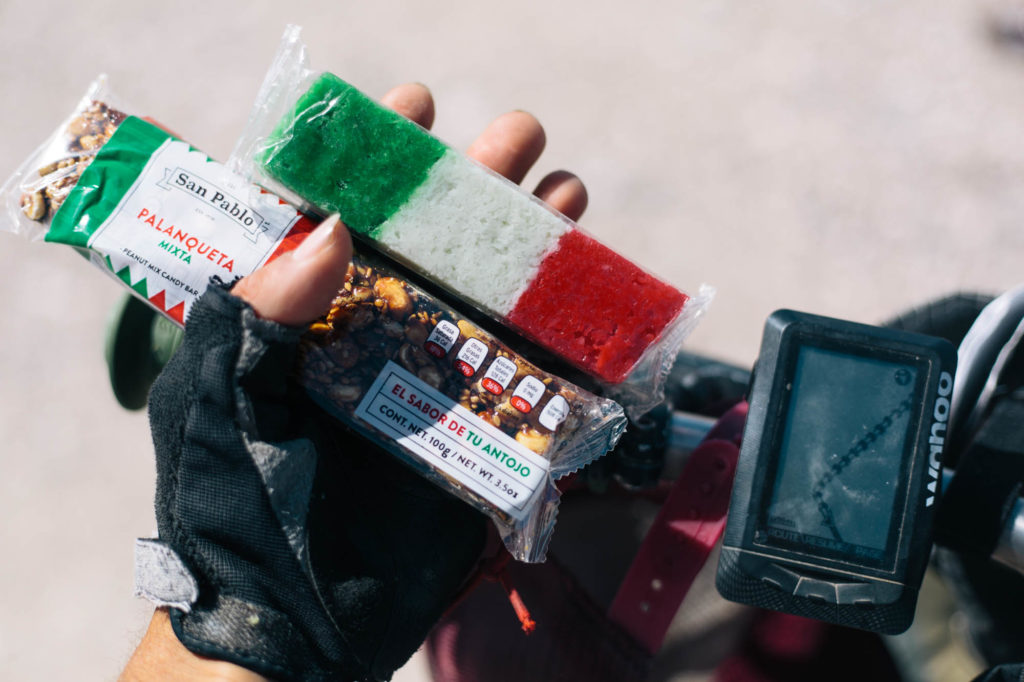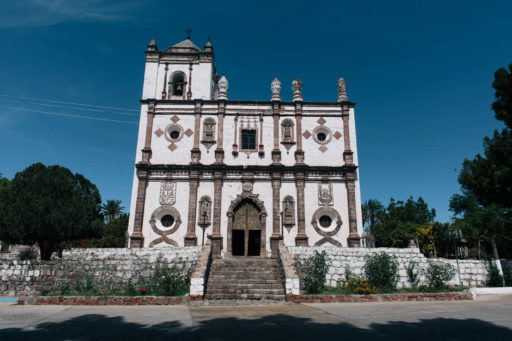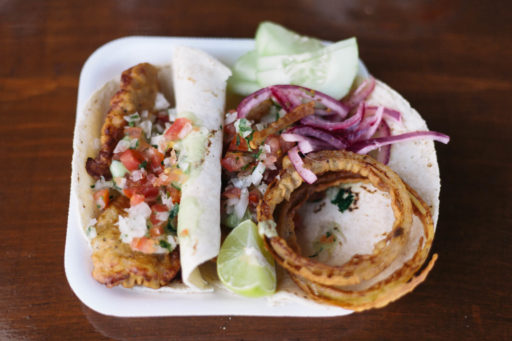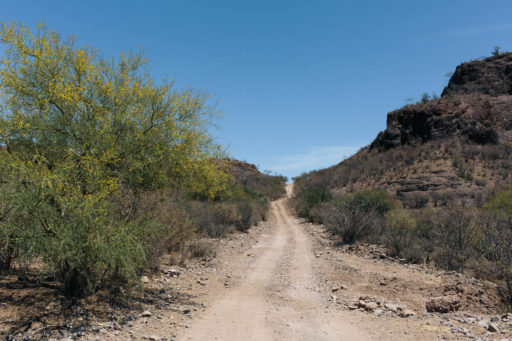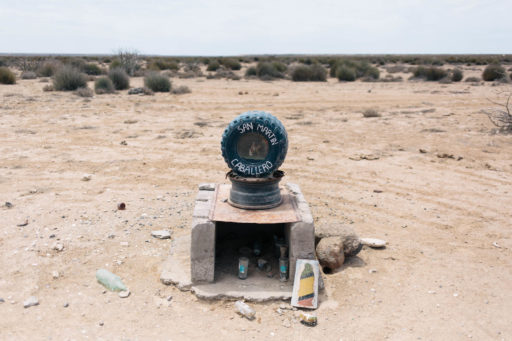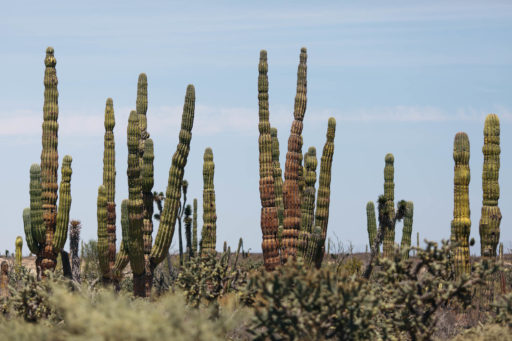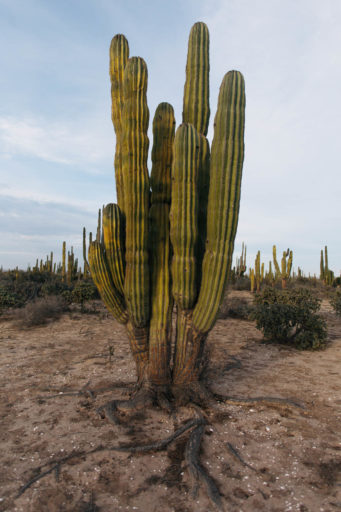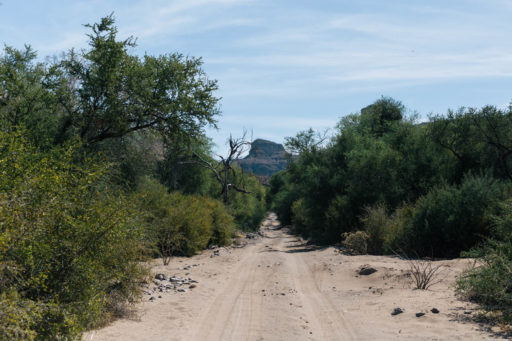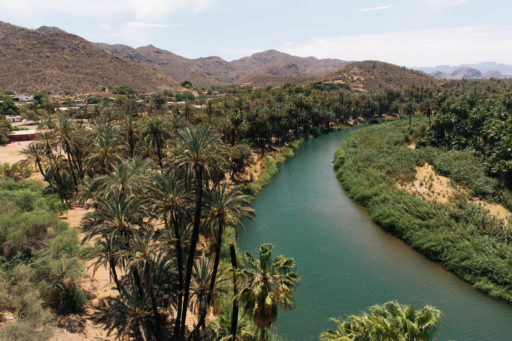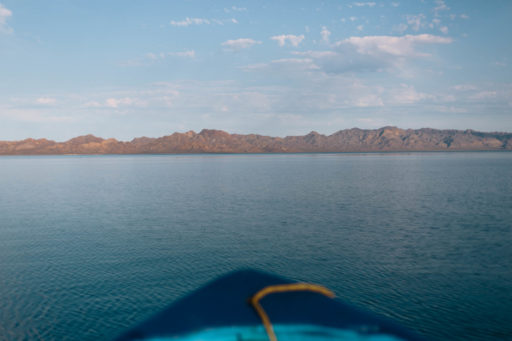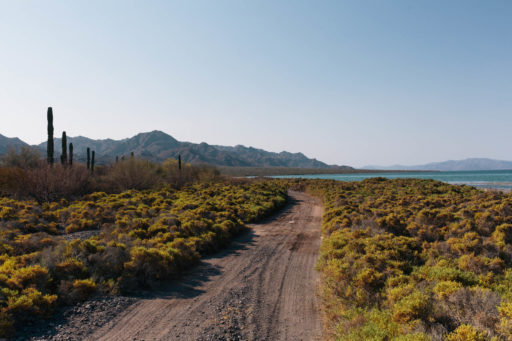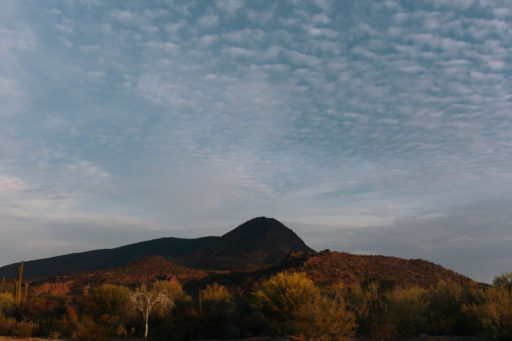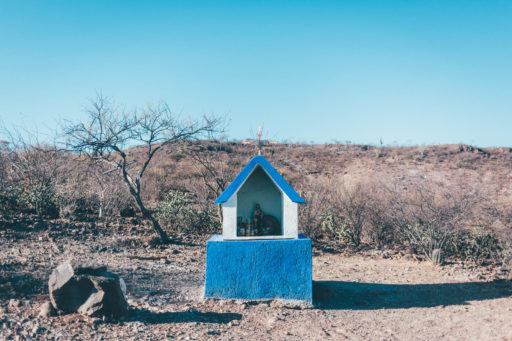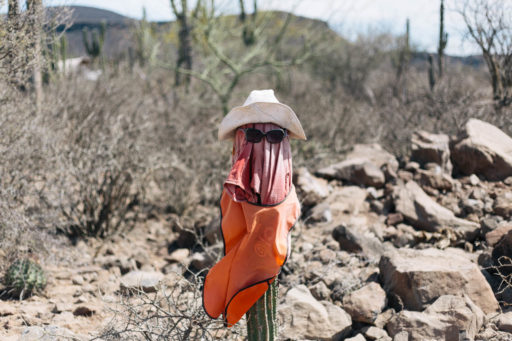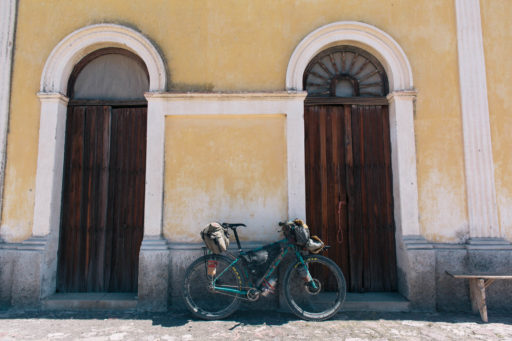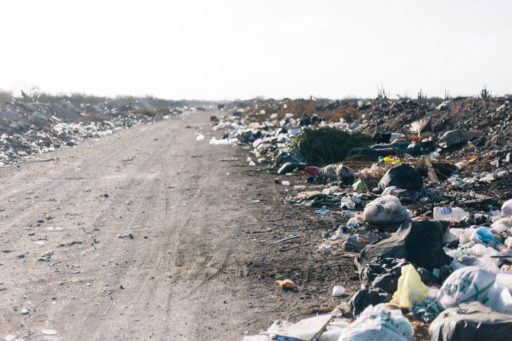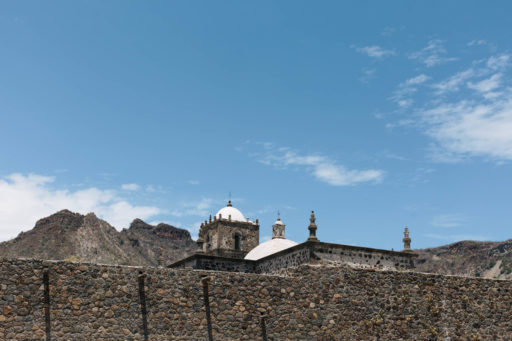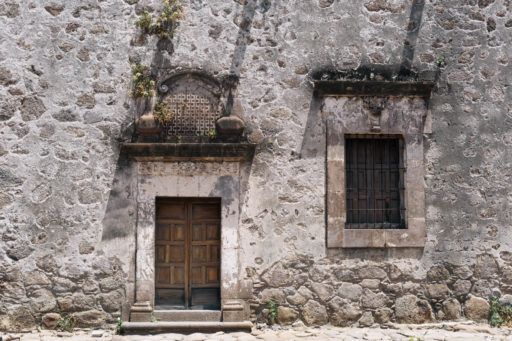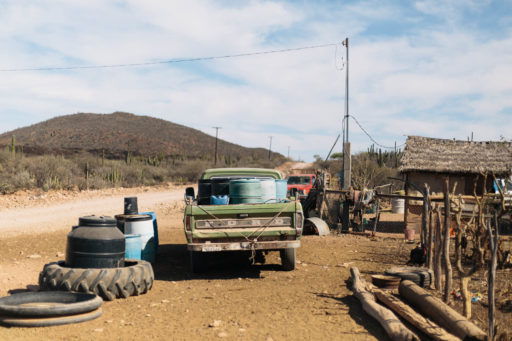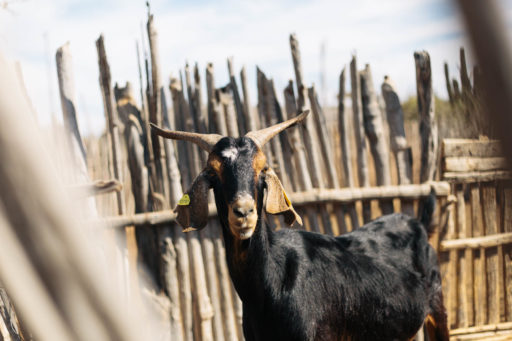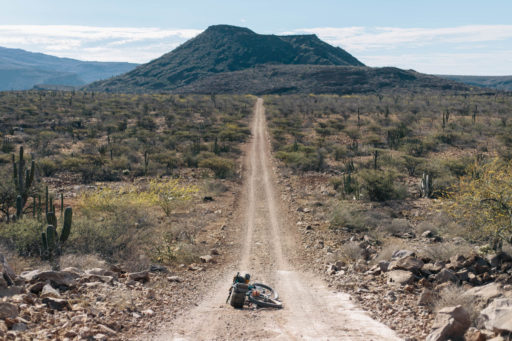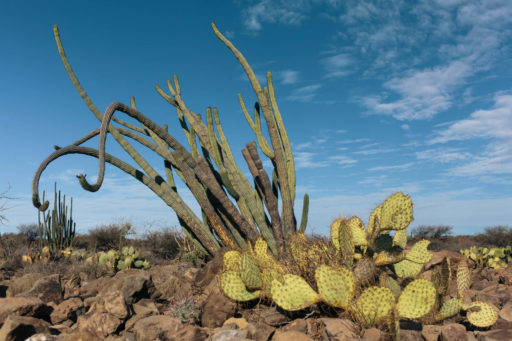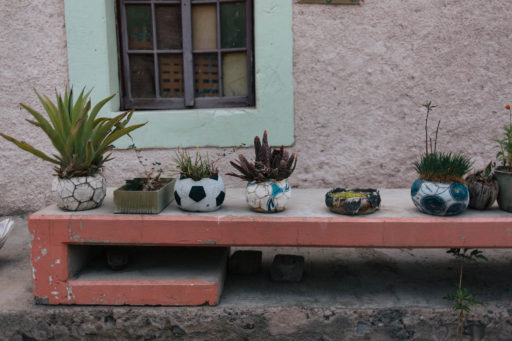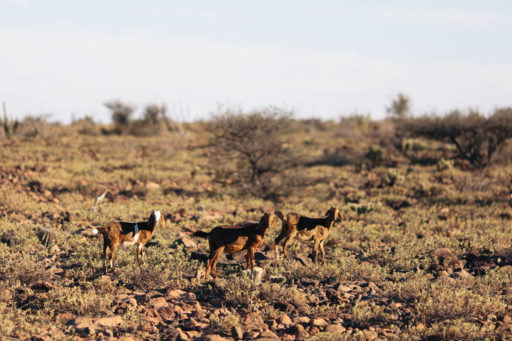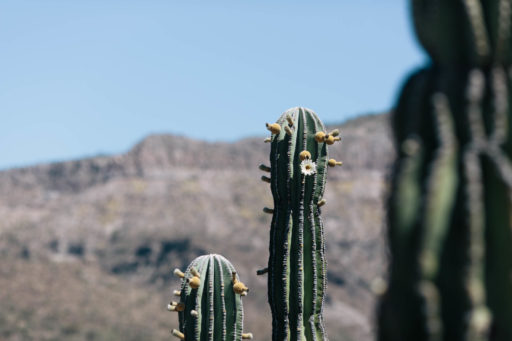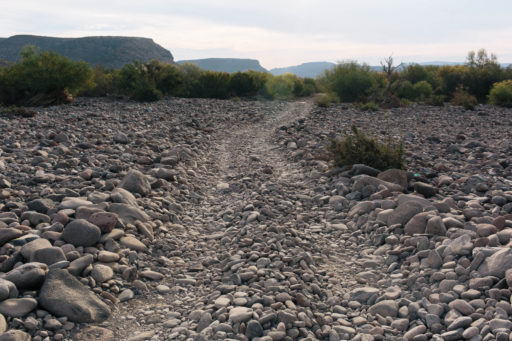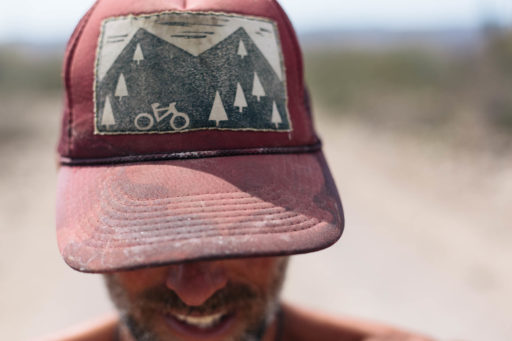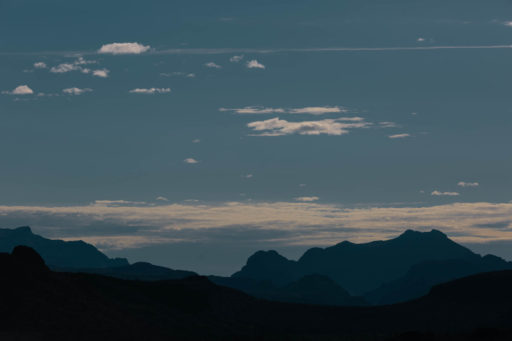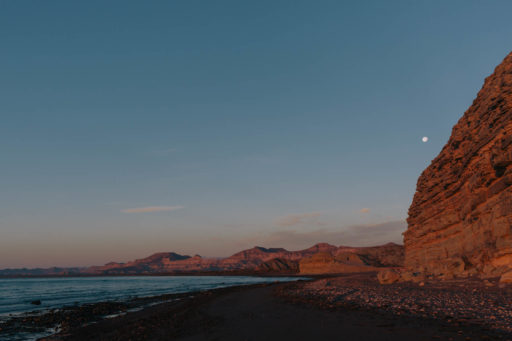Cass Gilbert on the Baja Divide Missions section
Share This
To wrap up the Baja Divide season, Cass Gilbert heads off to tackle the 555-mile Missions section of the route, considered to be its highlight. He returns with a tan, a ride gallery, and advice on the ride itself, including some logistical details for zoning in on this glorious, easily accessed part of the 1,700 mile route. If you’ve two weeks to spare next winter, start dreaming now…
The 555-mile Baja Divide Missions section is considered the route’s highlight in terms of variety of terrain and experiences. As both parts of its name suggest, it flits from the Pacific Ocean and the Sea of Cortez, connecting a number of colonial Spanish missions via classic Baja roads. And by roads, I mean dirt, stone, rock, sand, and even swathes of unpopulated beaches, complete with a curious interplay between towering cardón cacti, azure blue waters, and a rich colonial history. It’s a fabulous ride that showcases the best of what the peninsula has to offer, providing a very tempting (and taco-laden) escape from a US winter.
Getting there is surprisingly simple and affordable. Cheap flights can be found into La Paz, one of the region’s main transportation hubs, from where you can hop on a bus (8-10 hours with the Aguila line, can be booked online, bike fits in the hold), or hitch to the quiet backwaters of San Ignacio, the start point of the section (prevailing winds means it’s best to ride south). There are also flights into Loreto with Alaska Airlines, providing a shorter access point to San Ignacio. Best of all, Alaska only charges $25 for bikes!
Aside from varying road surfaces and some steep climbs, carrying water is the main daily challenge in Baja California. I’d recommend hauling 6l most of the time, with the ability to balloon to 8-10 liters for dry campouts and hot days. In practice, I often passed small ranchitos where, if need be, I asked for water from the pozo – the well – to quench my thirst and practice my Spanish. Everyone is very amenable and friendly. There are even a few enterprising families in more remote tracts of the route who have set up drink stands and can rustle up some huevos rancheros for passing cyclists, a sign that the Baja Divide is gaining in popularity.
In terms of temperatures, I rode the section in mid-April, which I’d consider being a little too late for comfort. For cooler temperatures (but shorter days), the route is best ridden between January and March. As a result, I certainly suffered in the midday heat (temperatures reached 45°C/110°F), particularly in the mountains and along the Sea of Cortez, which is a lot less breezy than the Pacific coast, where nights can be surprisingly cool. If you’re late in the season like I was, bring lots of isotonic tablets to add to your water, as you’ll be guzzling them down day and night.
As for my setup, I went with 27.5in x 3in tires on my Tumbleweed Prospector frameset. I ran an aggressive Maxxis High Roller 2 up front and a Chronicle in the back, and I was glad to have the extra volume and bite. Narrower tires would doubtlessly have worked, but the mid flat platform makes up for its extra weight given the general smorgasbord of Baja terrain. Although sandy stretches are relatively short, when combined with corrugation, river beds, and roughly cut mountain roads, I was glad to have the extra cushion, especially given the lack of suspension on my bike (in hindsight, a front suspension hardtail would have been a welcome change). Dropping air pressure for sandy sections makes a massive difference in what you can ride rather than push, and is worth the extra bicep work to get your tires back to pavement PSI. Just take care that your tire pressure isn’t too low on fast, rocky descents.
In terms of timing, You’ll probably want to put aside 11 riding days for this section, plus a possible day off in Mulegé and/or Ciudad Constitución, and a day in hand for unexpected logistical setbacks – like the time taken to organise a fishing boat over to Los Hornitos beach. This short boat ride leads into my favourite segment of the ride, a sandy track along a pencil-thin peninsula that traces the eastern fringes of the beautiful Bahía de la Concepción. So, call it two weeks, all in. Depending on the time of year, you’ll likely be getting up early and taking a siesta at lunch to avoid the midday heat, or facing shorter riding days during the winter, so don’t expect huge mileages unless all you want to do is ride.
For the most part, food is relatively scarce outside of main resupply points. If you’re zoning in on this ride, I’d recommend bringing some quality dehydrated rations to supplement the bags of readily available fried beans, goat cheese, avocados, and tortillas. Pack some healthy snacks to provide a change from the omnipresent biscuits and quick-to-melt chocolates. My personal favourite was a locally made coconut bar laced with sugar and coloured like the Mexican flag, along with various nut-based candies.
Of course, you’ll probably be filling your belly with shrimp or fish tacos when you get the chance, at less than two USD each, they’re a great fast food and you won’t get anything fresher. Resourceful bikepackers can even buy fish from fishermen and make their own al fresco dinners. Many get by without cooking, but I like to have my minimal denatured alcohol pot set. Ask for Alcohol Denaturalizado in hardware stores.
I’d note that at the time of writing, there had been some narco activity in Baja California, so don’t be surprised to see heavily armed Federales and the odd army Humvee prowling through town. This said, I’d stress that I never felt in danger at any time at all. In fact, people were incredibly warm and inviting, safe camp spots are abundant, and even drivers are courteous for the most part.
If time is tight, you can drop down to Loreto from the turnoff before San Javier and take a bus to La Paz from there. Loreto also has a great bike-friendly spot to camp in the form of Palmas Atlas. Otherwise, you can push on to Ciudad Constitución and then La Paz, the peninsula’s most bustling city and the gateway to the more developed cape. If you’re flying home out of Loreto, there are regular buses back with the Aguila line, taking around 4 hours.
And lastly, I’d urge anyone riding this route to minimise their dependency on buying plastic bottles of water, which are available in many stores. If you don’t want to drink well water, bring a filter or refill from the water purification centres in every large town, for just a few Mexican pesos. Additionally, several sections of the route promise reliable groundwater, which I drank from using a lightweight Lifestraw. There’s so much plastic trash along Mexico’s roads, that it seems especially tragic to add to it in the otherwise pristine Baja environment.
A few hints and tips
- The Baja Divide website has downloadable notes and a separate GPX track for the Missions Section, including details on resupplies, water, and trail conditions. The associated Baja Divide Facebook Page is very active and has lots of up to date trail info, too.
- Expect a wide range of terrain. Given a few extended paved sections, plus-sized tires make more sense than a full fat bike, though you’ll have fun with either. I wouldn’t go narrower than a 2.5″ tire if you can help it.
- A fully rigid bike is fine, though front suspension will be gentler on your body.
- Tap into local bike culture by visiting the Casa del Ciclista in San Ignacio where you can camp for 100 pesos and at the Warmshower’s host in Mulegé. Ask to be put in touch with friendly Alejandro Bukovecz, a local fishing guide who can take you to Los Hornitos.
- Pensión California is an affordable hotel in La Paz that’s popular with other Baja Divide riders and can be booked on hotels.com.
- Electrolytes! Bring lots of them, especially if riding later in the season.
- Pack some dehydrated food to supplement local beans and tortillas!
- I carried a lightweight tent, but it’s easy to get by with a tarp and sleep out under the stars.
- If you need to stay in touch with home, good wifi can be found in San Ignacio, Mulegé, and Ciudad Constitución. My Verizon account allowed me to use my phone and data connection without additional charge in Mexico, once I’d set it up.
- Check when the Baja 1000, NORRA 1000, and Dos Mares 500 races are taking place and make sure your ride doesn’t coincide with them, as roads take a real beating during those times, and Baja Bugs will burn past you, leaving you in a cloud of dust. The biggest even is the Baja 1000 and tends to take place in mid November, with pre riding of the course leading up to it. The others are in April. Check their websites for route details.
- Short on time? Dropping down to Loreto from San San Javier and flying out from there will save 3-4 days. Or, claw back a day by hoping on a bus from Loreto to Ciudad Constitución and continuing the route from there.
- Extra time on your hands? Mulegé and Ciudad Constitución make good spots for a day off. The first is quiet and idyllic, the second a good insight into Baja front country life.
- For cheap flights to the region, check out Alaskan Airlines, which offers competitive prices to Loreto and Cabo, charging only $25 for a bike. Bargain!
- Do what you can to cut down on plastic bottles during your ride and help keep the area clean. Bring a lightweight filter and fill your bottles from wells and water purification centres when you have the chance.
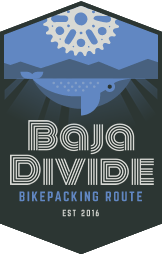 The Baja Divide connects the Pacific Ocean and the Sea of Cortez, historic Spanish mission sites rich with shade and water, remote ranchos and fishing villages, bustling highway towns, and every major mountain range in Baja California on miles and miles of beautiful backcountry desert tracks. Find out more here.
The Baja Divide connects the Pacific Ocean and the Sea of Cortez, historic Spanish mission sites rich with shade and water, remote ranchos and fishing villages, bustling highway towns, and every major mountain range in Baja California on miles and miles of beautiful backcountry desert tracks. Find out more here.Please keep the conversation civil, constructive, and inclusive, or your comment will be removed.






